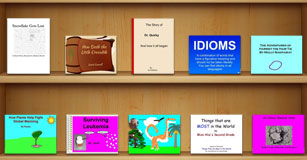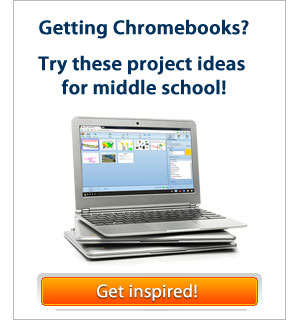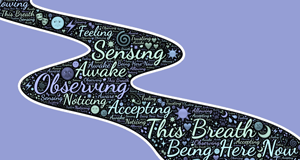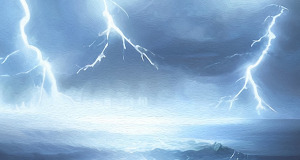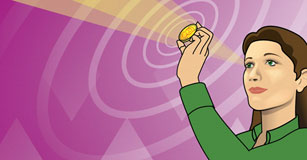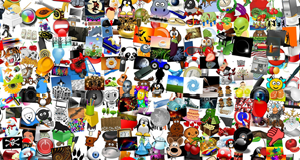Persuasive and Presidential Writing
Students build persuasive writing and presentation skills as they craft a proposal to honor another President on Mt. Rushmore.
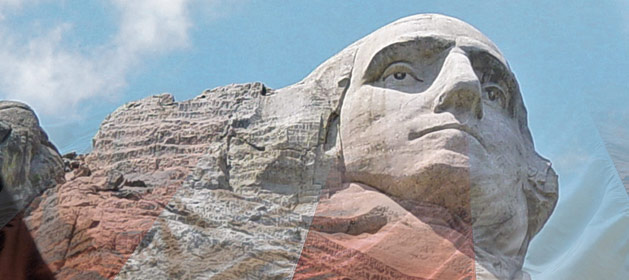
Task
Mt. Rushmore, sculpted between 1927 and 1941 by Gutzon Borglum with the assistance of over 400 local workers, is one of the most notable American treasures. And the mountain still has a bit more room!
In this project, students research a U.S. President they think deserves to be added and create a presentation to persuade the National Park Service to add their face to Mt. Rushmore.
Engage
Engage students by sharing the story of the making of Mt. Rushmore which you can find at Oh, Ranger!
While the purpose of Mt. Rushmore was to create a site to attract tourists, the presidents carved into Mt. Rushmore were chosen to represent Presidents who were influential in both the founding of our democratic country and its growth.
If another President is added, or even another American, what qualities do they possess that make them a suitable candidate to represent the United States?
Begin by learning about the experiences and qualities of the presidents who are already on the monument using your current curriculum materials or the books and sites mentioned in the Resources section.
Work together to develop a list of the qualities of these American leaders. Ask students to discuss and rank the qualities in order of importance. This will provide students with practice analyzing information and crafting an argument.
Give students time to learn about other US Presidents. You may want to assign readings and research about several lesser-known presidents and take a jigsaw approach to have students share their learning with classmates.
After students choose the President they think possesses the experience and qualities that make them the best choice for the next addition to Mt. Rushmore, have them complete a KWHL organizer to help them identify what they already know, and what they might still need to research and learn.
Create
The goal of persuasive writing is to convince others to agree with our arguments and adopt our conclusions. Discuss the elements of persuasive writing with your students. Let each student know that when writing his or her argument, he or she should:
- Establish facts to support the argument for his or her president.
- Clarify relevant values for the audience. Why should this president be chosen? How has this president helped society? What are his accomplishments? This should include factual information about accomplishments while in office.
- Provide examples using pictures or other data.
- Prioritize, edit, and sequence the facts and values in importance to build the argument.
- Form and state conclusions to “persuade” the audience that their conclusions are based on agreed-upon facts and shared values.
- Provide an emotional appeal for the argument.
- Logically communicate the argument in the presentation.
Discuss the structure of the essay with your students. Explain that the topic sentence should be a position statement. You might want to craft and share a sentence starter, such as “The New Mt. Rushmore should include President__________ because...”.
The rest of the introductory paragraph should state the other main points of the argument. Each point in the introductory paragraph should be clarified and supported with its own paragraph. The final paragraph should conclude by restating the position and including the most compelling parts of the argument.
Have each student use the research and information they have found to come up with at least three reasons why this President should be carved alongside the four existing presidents on Mt. Rushmore.
Students should write paragraphs to explain each reason with supporting facts and examples. After students have compiled their argumentative points, they can use the information to craft an engaging introduction and concluding statement.
Have students share their rough drafts with another classmate before editing and submitting their final essays.
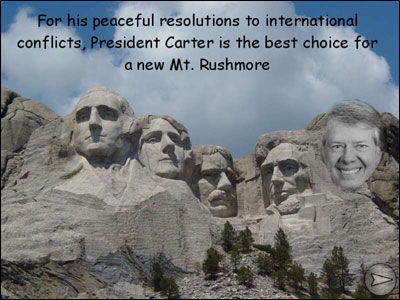
Once the writing is complete, students are ready to craft their ideas into a persuasive presentation. You may want to have students complete this process individually or group them together based on their shared choices of Presidents.
Discuss as a class how oral and visual presentations and videos are different mediums than essays. How might students share the information from their essays in these new forms? Work together to create a structure students can follow or develop a list of key ideas and let them apply their learning.
Have students add their arguments to a storyboard to narrow down the main ideas and develop supporting images and media for pages in a slide show or scenes in a video.
Use a tool like Wixie to design and present the presentations or videos. Students can find pictures of Mt. Rushmore and each U.S. President online or by searching Wixie’s image library.
Share
Have students share their persuasive presentations or videos with the rest of the class. You might have one student record characteristics and qualities from each presentation so that as a class you can compare the presidents and debate the best choice to deepen thinking and knowledge.
Assessment
As you introduce this project to your students, the students will begin to brainstorm the qualities of a president who should be placed on Mt. Rushmore. You should be able to make an informal assessment on their knowledge about their ideas and realistic possibilities for additional choices for Mt. Rushmore.
As they work to translate their essay into a presentation, you can re-evaluate their writing skills, as well as assess creativity, design, and planning skills.
Resources
Bausum, Ann. Our Country’s Presidents. ISBN: 0792293304.
St. George, Judith, & Small, David. So You Want to Be President? ISBN: 0399251529.
Oh, Ranger! - Mount Rushmore
C-SPAN - American Presidents
Standards
Common Core Anchor Standards for English Language Arts - Grade 5-12
Writing Standards
Types and Purposes
1. Write arguments to support claims in an analysis of substantive topics or texts, using valid reasoning and relevant and sufficient evidence.
Production and Distribution of Writing
4. Produce clear and coherent writing in which the development, organization, and style are appropriate to task, purpose, and audience.
6. Use technology, including the Internet, to produce and publish writing and to interact and collaborate with others.
Research to Build and Present Knowledge
7. Conduct short as well as more sustained research projects based on focused questions, demonstrating understanding of the subject under investigation.
C3 Framework for Social Studies
Dimension 2: Civic and Political Institutions
D2.Civ.12.3-5. Explain how rules and laws change society and how people change rules and laws.
D2.Civ.12.6-8. Assess specific rules and laws (both actual and proposed) as means of addressing public problems.
D2.Civ.12.9-12. Analyze how people use and challenge local, state, national, and international laws to address a variety of public issues.
Dimension 2: History
D2.His.3.3-5. Generate questions about individuals and groups who have shaped significant historical changes and continuities.
D2.His.16.3-5. Use evidence to develop a claim about the past.
D2.His.3.6-8. Use questions generated about individuals and groups to analyze why they, and the developments they shaped, are seen as historically significant.
D2.His.16.6-8. Organize applicable evidence into a coherent argument about the past.
D2.His.3.9-12. Use questions generated about individuals and groups to assess how the significance of their actions changes over time and is shaped by the historical context.
D2.His.16.9-12. Integrate evidence from multiple relevant historical sources and interpretations into a reasoned argument about the past.
ISTE Standards for Students 2016:
3. Knowledge Constructor
Students critically curate a variety of resources using digital tools to construct knowledge, produce creative artifacts and make meaningful learning experiences for themselves and others. Students:
a. plan and employ effective research strategies to locate information and other resources for their intellectual or creative pursuits.
b. evaluate the accuracy, perspective, credibility and relevance of information, media, data or other resources.
c. curate information from digital resources using a variety of tools and methods to create collections of artifacts that demonstrate meaningful connections or conclusions.
d. build knowledge by actively exploring real-world issues and problems, developing ideas and theories and pursuing answers and solutions.
6. Creative Communicator
Students communicate clearly and express themselves creatively for a variety of purposes using the platforms, tools, styles, formats and digital media appropriate to their goals. Students:
a. choose the appropriate platforms and tools for meeting the desired objectives of their creation or communication.
b. create original works or responsibly repurpose or remix digital resources into new creations.
d. publish or present content that customizes the message and medium for their intended audiences.



